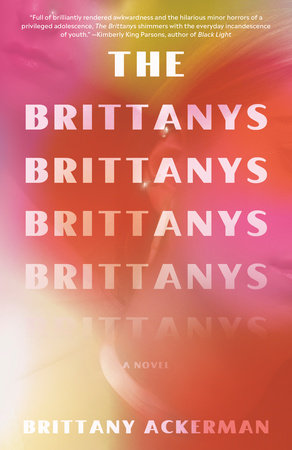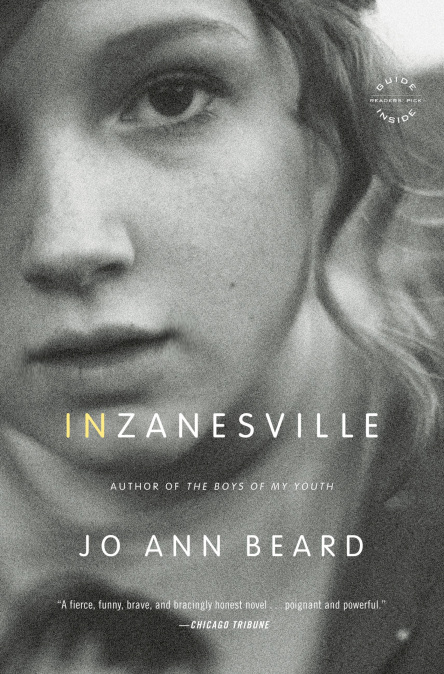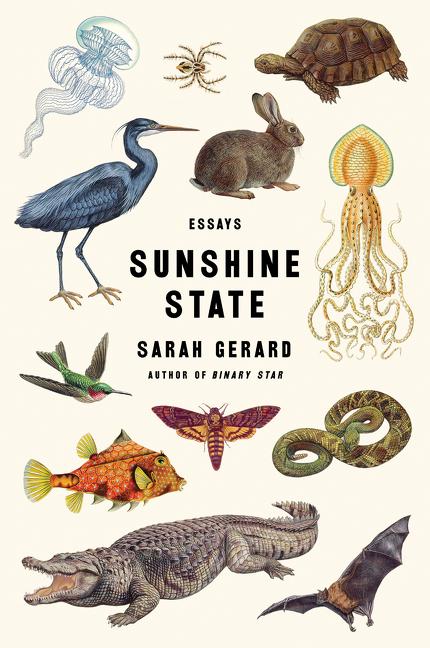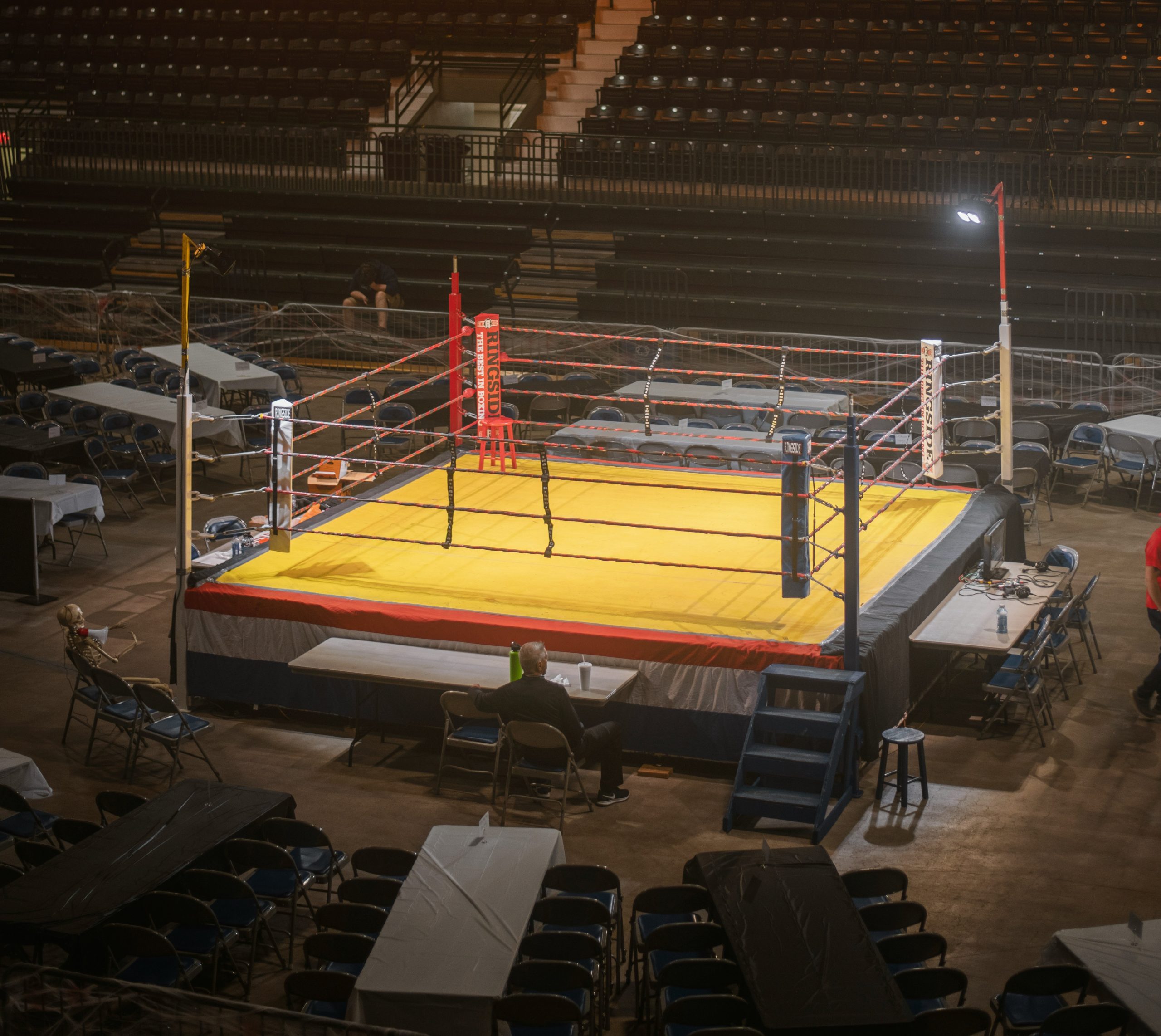Reading Lists
7 Books About Teen Friendships From the 1970s to the 2000s
Brittany Ackerman, author of "The Brittanys," recommends coming of age stories about intimate bonds and identity

One of the reasons I’m fascinated by teenage friendships is because my own experience during those years of my life was so confusing. My family moved to Florida from New York when I was 9 and I found it very difficult to make friends at my new school. My homeroom teacher thought it would be funny to seat me next to the other Brittany in class, and the rest is history. Well, actually the rest of the story is that as the years went on, more and more Brittanys came to our school, and eventually there were five. We had to call each other by our last names so lunchtime and hallway banter wasn’t a complete shit show, and the fact that we all remained friends throughout middle school and most of high school became quite the novelty.
We were known in school as “The Brittanys,” but the truth is, our name alone couldn’t keep us all as close as perhaps I’d wanted it to. We grew up and eventually the five Brittanys went our separate ways. I wrote my debut novel, The Brittanys, in an attempt to re-write the past, to imagine a world where these friendships were the epicenter of my own existence, where the girls who were all named Brittany were everything—were it—when in reality we were all just girls blessed with the same namesake. In writing, I’m able to deepen these years on the page and create plot and meaning and also a whole lot of questioning. How does the fragility of youth affect our future selves? How can one friend (or five) influence us as we grow up? Do girls need each other to survive?
Here are 7 books about teen friendships from the 1970s to 2000s:
1970s Zanesville, Illinois
In Zanesville by Jo Ann Beard
The 14-year-old narrator of In Zanesville is best friends with Felicia, aka Flea. These two girls, who are members of the marching band, are invited to the popular girl’s sleepover by some sweet strike of luck.
“I look at Felicia, who looks back at me, coolly, chewing. I point to my chin, and her eyes bug out in alarm. She takes her napkin and saws away at her own chin, eyes grateful. I give her a slight nod—Yes, you got it—and then glance questioningly at the pop on the counter. She discreetly mimes opening a bottle and then looks back to her plate.”
These are friends who read each other’s minds, who can understand a glance from across the room, who are always aiming to help each other fit in, or at the very least not stand out. The book encapsulates a year in the life of these two girls as they grow apart, fall back together, and try not to burn down the house.
1970s Upstate New York
Who Will Run the Frog Hospital? by Lorrie Moore
Berie is 15 when she meets Sils at her job in Storyland in upstate New York where Berie sells tickets and Sils gets to play Cinderella. It’s the kind of friendship where doing nothing becomes everything, listening to records, hitching rides to concerts, snacking on whatever you can find in the fridge, sharing clothes, sharing lives. Berie is envious when Sils gets a boyfriend, Mike, and contemplates her own womanhood and existence:
“I only wanted my body to bloom and bleed and be loved. I was raw with want, but in part it was a simple want, one made for easy satisfaction, quick drama, deep life: I wanted to go places and do things with Sils.”
Their easy-going, almost dream-like friendship is challenged when Sils needs Berie’s help and the tables are turned. Lorrie Moore’s writing is masterful amidst the backdrop of Storyland, where fairytale characters smoke cigarettes in costume on their break. One summer changes everything for Berie, who ultimately, like the rest of us, just wants to find where she fits in, how she can blossom, and when she’ll be loved.
1980s London
Swing Time by Zadie Smith
The narrator of Zadie Smith’s brilliant Swing Time meets Tracey at a ballet class. The plot of these two girls’ lives unfolds in a friendship that spans years and cities, all with the humble beginning of that one dance class where, lined up next to each other, the girls were like “two iron filings drawn to a magnet.” The book is a revelation of how friendship can be the mirror from which we learn our own identity and that it is in others that we can find ourselves.
“I saw all my years at once, but they were not piled up on each other, experience after experience, building into something of substance — the opposite. A truth was being revealed to me: that I had always tried to attach myself to the light of other people, that I never had any light of my own. I experienced myself as a kind of shadow.”
This treasure of a novel argues that who we are is defined by our interpersonal exchanges—our jealousies, our admirations, our mistakes, our rivalries, our struggles—ultimately, our complicated love.
1980s Florida
The Blurry Years by Eleanor Kriseman
Callie, the narrator of The Blurry Years, is a young girl coming of age on the chaotic Florida coast. Her experiences in girlhood take her to all the darkest places and the book is an immaculate story of why we sometimes need to leave places in order to grow. Throughout the novel, Callie meditates on gender and identity:
“Like there were formulas to being a woman, and you just needed to be reminded every so often of the right ways to act, the right things to say, the right clothes to wear.”
Callie is drawn to Jazz, a neighbor, who she befriends about halfway through the novel. Jazz is everything Callie is not in her bikini top and cutoffs. She has her period, she is an expert at eyeliner and makeup, and she is an oasis for Callie who is seeking escape from her tumultuous relationship with her mom. But ultimately Callie must decide if she’s ready to plunge into the deep end of womanhood and give up her innocence, even with a bestie at her side as bold and daring as Jazz.
1980s Tennessee
Nothing to See Here by Kevin Wilson
“And this was what I finally realized, that even as we sank deeper and deeper into our lives, we were always separate. And I wondered what it would feel like, to fall but to hold on to someone else so you weren’t alone.”
The narrator of Kevin Wilson’s perfect novel, Nothing to See Here, Lillian, took the fall for her roommate and best friend, Madison, back in their prestigious boarding school days. Lillian had ended up at the school for her intelligence, had truly earned her spot with her smarts and wit, while Madison came from money and privilege like the rest of the students. The two meet again as adults in 1995 when Madison once more needs Lillian’s help. Lillian is now 28, but her undying love and affection for Madison proves the key to the door of her future, one that involves two step-kids who spontaneously combust; all of it a metaphor for the fragility of our harbored resentment, how we fall short as human beings, and how we tenderly love each other in an attempt to fix and repair the world.
1990s Long Island, New York
Justine by Forsyth Harmon
Forsyth Harmon’s illustrated novel, Justine, takes place in the summer of 1999 in Long Island. This story holds space for the ways teenage girls desire, the ways they worship, the ways they get themselves into trouble. Ali befriends Justine at the local Stop & Shop and is immediately entranced by her thinness, her coolness. Justine takes Ali under her wing as they spend days sunbathing, obsessing over the latest trends in makeup and fashion, and Justine slowly but surely becomes Ali’s idol. The intensity of Ali’s first crush drives her to reshape her every waking moment towards perfection, towards Justine: “Justine was the light shining on me and the dark shadow it cast, and I wanted to stand there forever in the relief of that contrast.”
This book made me look back on all my past crushes, the ones that did exactly what the word implies—“crushed” me and flattened me in a way that made me reconsider my whole existence. Although the title places emphasis on Justine, the true character study for me was with Ali and her coming-of-age story of sexuality, longing, and the ubiquitous spring of youth.
2000s Florida
“BFF” from Sunshine State by Sarah Gerard
First of all, I would happily read Sarah Gerard’s grocery list if she chose to publish it. Sunshine State is a marvel of Florida, women, religion, pyramid schemes, sex, and humanity taking place in the late ’90s and early aughts. “BFF,” the first essay in the collection, dives into the narrative of a long-lost friendship that is so true to the enigma of the relationships of our youth. The back and forth dynamic between the two girls leaves the reader to fill in the gaps.
I’ve shown countless creative writing classes this essay and had students imitate its form, its beauty in the simplicity of sections like “Lies I know you told me, Lies I heard you tell yourself, Lies I told you” and “You were the closest thing I had to a sister. I knew your body like it was my body; I knew it as it was changing.” Although this piece is about a friendship falling apart, the degeneration of trust and honesty over time, it feels important to add to the list because of how true it is that we often drift away from our former selves, versions of us that were tied to the past.
















